For this edition of MLB Power Rankings, I want to focus on some analysis tied to pitching. Specifically, when predicting playoff teams or serious World Series contenders, prognosticators will often focus on the depth of a team’s starting rotation, along with its ability to play defense or hit in the clutch.
Overlooked is usually a team’s bullpen, and just how effective it can be at shutting the door and protecting key late inning leads. Certainly, a rotation’s ability (or inability) to go deep into games can negatively affect a team’s ‘pen, too.
But just how important is it to have a solid bullpen?
By simply doing some quick stat crunching on the current 2014 season, that answer would be… not as important as one would think.
In fact, three of the five worst bullpens in baseball would be American League playoff teams if the season were to end today. The Detroit Tigers (4.77 ERA – 29th), Toronto Blue Jays (4.51 ERA – 27th) and Los Angeles Angels (4.49 ERA – 26th) are the three teams in question.
The Jays would currently be the strongest at the back end, with Casey Janssen (1.20 ERA, 0.80 WHIP and 12 saves) playing very well since returning from injury.
The Tigers and Angels, on the other hand, have struggled to protect leads, with Joe Nathan (6.18 ERA) and Ernesto Frieri (5.83 ERA) each struggling at various points in the season.

It has been a long and frustrating season for Joe Nathan in Detroit (Credit: Getty Images)
As for the previous mention about a starting rotation failing to consistently go deep into games, there are no glaring stat lines to point to that being the culprit for the trio in question. In fact, all three teams land in the middle of the pack: Angels (42 quality starts – 11th), Tigers (42 – 11th) and Jays (39 – 14th).
By no means is this a suggestion for each of these squads to stand pat during the stretch run. It is one thing to make the postseason, but another to win a title – and each of these three teams should seriously consider dealing for some bullpen help.
That goes especially for these American League contenders, what with an Oakland pitching staff lurking and showing little to no weakness across the board.
Among the relief arms that potentially could be available heading into next month’s trade deadline include Huston Street (Padres), Joaquin Benoit (Padres), Grant Balfour (Rays) and Jonathan Papelbon (Phillies), among others.
Since the last edition of MLB Power Rankings at TWHS, the Angels and Tigers each made positive moves, while the Blue Jays have suffered through a rough patch, falling seven spots to 10th place. Only the Cleveland Indians posted a more brutal score since two weeks back, as outlined below:
Cleveland Indians: -48 points
Toronto Blue Jays: -43 points
Miami Marlins: -38 points
Houston Astros: -34 points
Atlanta Braves: -33 points
Elsewhere, the Phillies and Rays – two teams that headlined the last Power Rankings as “hitting rock bottom” – each posted high marks, and amongst the best in baseball:
Philadelphia Phillies: +41 points
Kansas City Royals: +39 points
Tampa Bay Rays: +34 points
Cincinnati Reds: +27 points
Los Angeles Dodgers: +26 points
The A’s maintain a large lead, with the Brewers replacing the Giants in second place. The latest poll is as follows, highlighting the clubs that had positive or negative jumps:
KP’s MLB Power Rankings: June 23, 2014
Note: Statistics and point totals as of Monday morning (6/23/14) and do not include night games
1. Oakland Athletics (166 points) – Previously: #1 (+12)
2. Milwaukee Brewers (119 points) – Previously: #4 (+25)
3. Los Angeles Dodgers (100 points) – Previously: #7 (+26)
4. San Francisco Giants (99 points) – Previously: #2 (-25)
5. Detroit Tigers (77 points) – Previously: #9 (+15)
6. Los Angeles Angels (75 points) – Previously: #8 (+3)
7. St. Louis Cardinals (74 points) – Previously: #12 (+23)
8. Washington Nationals (72 points) – Previously: #5 (-16)
9. Seattle Mariners (68 points) – Previously: #6 (-7)
10. Toronto Blue Jays (63 points) – Previously: #3 (-43)
11. Kansas City Royals (63 points) – Previously: #15 (+39)
12. Baltimore Orioles (61 points) – Previously: #14 (+20)
13. Cincinnati Reds (35 points) – Previously: #18 (+27)
14. New York Yankees (29 points) – Previously: #17 (+18)
15. Pittsburgh Pirates (25 points) – Previously: #16 (+10)
16. Atlanta Braves (22 points) – Previously: #10 (-33)
17. New York Mets (15 points) – Previously: #22 (+16)
18. Miami Marlins (13 points) – Previously: #11 (-38)
19. Colorado Rockies (3 points) – Previously: #20 (+1)
20. Boston Red Sox (2 points) – Previously: #23 (+8)
21. Philadelphia Phillies (0 points) – Previously: #29 (+41)
22. Minnesota Twins (-2 points) – Previously: #24 (+8)
23. Cleveland Indians (-5 points) – Previously: #13 (-48)
24. Texas Rangers (-8 points) – Previously: #21 (-8)
25. Chicago Cubs (-11 points) – Previously: #26 (+2)
26. Chicago White Sox (-21 points) – Previously: #19 (-27)
27. Tampa Bay Rays (-26 points) – Previously: #30 (+34)
28. San Diego Padres (-42 points) – Previously: #28 (-24)
29. Arizona Diamondbacks (-42 points) – Previously: #25 (-32)
30. Houston Astros (-50 points) – Previously: #27 (-34)
* All stats per MLB.com and ESPN.com
Note: RED = Falling 3+ spots from last week, GREEN = Rising 3+ spots from last week
The Wife Hates Sports MLB Power Rankings system has a method to its madness, attempting to be different and not just rank by popularity and record. It mixes a secret formula of six completely different categories, meshed into a points system. The categories don’t just include team results regarding record, but how each team has performed recently, as well as incorporating some statistics on both a team’s offense and pitching staff, too.

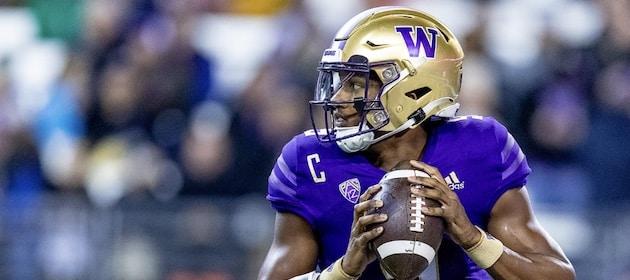
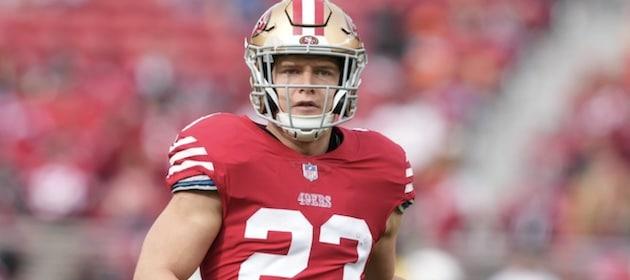
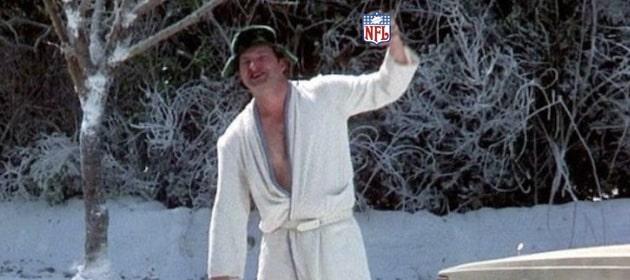
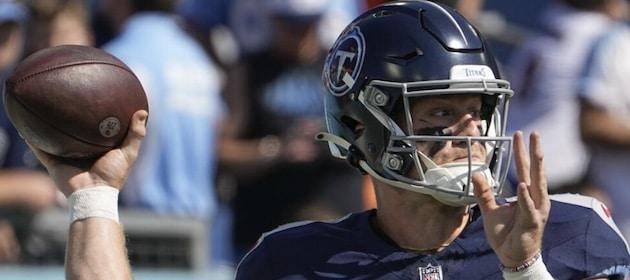
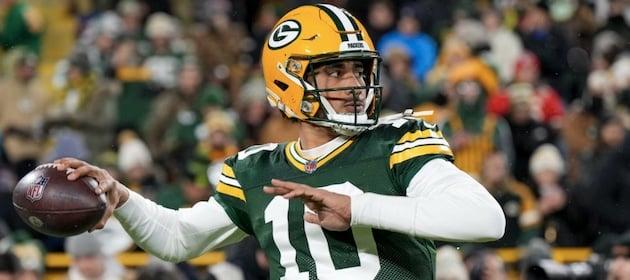
Interesting, TOP. Actually, the college football pieces always sparked some good reads, so I’m going to attempt to really attack that avenue in the upcoming season, as well as this offseason. I’m waiting for my Phil Steele mag to arrive so that I can try and start researching some of the teams… his stuff always allows for that, at least more in depth.
Use the social platform sites but at the same don’t stick with the staples in terms of the pieces you want write about . I’ve a great love MMA and boxing and I throw in pieces about that as well as other isues within the world of sports . Latest spin has been Ed O’Bannon’s lawsuit against the NCAA . If as the plaintiff he wins that case along with his fellow plaintiffs , then it changes the faces of sports as we know it . Mark Emmert the NCAA President has been an oaf much like the idiocy we have seen from the likes of David Stern . Roger Goodell , Bud Selig and Gary Bettman . Yet we have fans suggesting that these four individuals have been of real benefit to their respective sports. After Stern’s stance on the repeated actions of Donald Sterling and Rich De Vos of the Magic , I have yet to see anyone come up with a satisfactory explanation for Stern’s inaction along with the continued racism and lack of action by each of the respective hierarchies . Yet we have idiots trying to suggest that this country has advanced socially when it comes race relations . The US remains Neanderthal in its dealing with the issue .
TOP,
Caribbean food huh? Interesting… intriguing. Sounds good.
My traffic on average days these days is honestly 40 times lower than my high for a day. That’s how bad and frustrating it is. I know that some of that is my own fault, due to not having the consistent time, but I can’t help think that there are some other things (or issues) at play here that is preventing me from getting a better page rank and therefore better traffic. It doesn’t help motivate, I’ll say that much. You promote yourself a lot better than I on other sites, and I should probably work on that some.
I feel like we should keep the friendly debate alive on the Royals throughout the season. I probably fall where you on where they will finish though, but seriously, the Tigers are vulnerable. The rotation isn’t as consistent and the bullpen has been atrocious. They can be knocked out.
I won’t be able to access those links here, but I will take a look at them tonight or tomorrow night… I do stop by in waves and try to leave comments here and there, too. How is your traffic by the way? What helps you with that and how do you fare? Mine has been such a drop after being off to a great start. I know part of that was my own fault for not being available to write frequently, but I can’t help but think I’m doing something wrong as well.
I think Tanaka and Darvish are great… but wonder how Tanaka will fare in year two. Either way, I drafted him in my Fantasy league and he’ll be a keeper of mine.
Hey, your Royals have been playing pretty well as of late. Will the real Kansas City Royals please stand up?